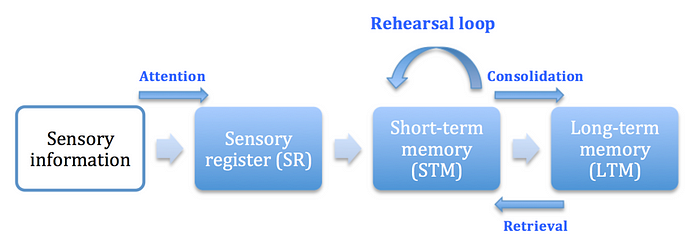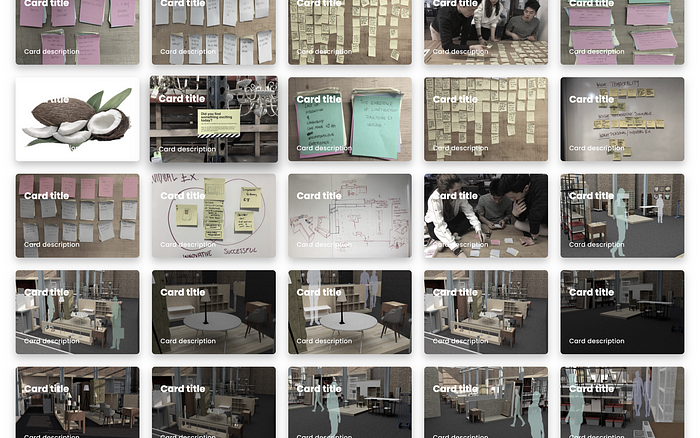Archiving- Maintaining the Past
When first coming up with a topic that I wanted to explore, I decided on time, because time is commonly used as an indicator for maintenance (age, rust, entropy, etc…). Time lead me to wonder about the fragility of life, and consequently about another fickle artifact that required maintenance- our memory- something neither physical nor abstract that degrades over time with the absence of practice.
My tentative questions were:
Could we make more robust image files and visualize them on our web browsers to map out how someone’s memory looks like?
There is a preconception that we have about how our memory is stored. I don’t know the details and it must be different for each individual. But folk science tells us something like this:
And there is a more academic model like the mulit-store model of memory that also doesnt seem to quite capture reality as it is.

The two opposites demonstrate the positive and negative space of design opportunities that exist with memory. One is reception and retention. While the other is accessibility and retrievability. The problem became clear for me: we have become specialized to receive information. Content is spewing out of our phones by the second. But it is the organization (archival) of such content that makes memory more accessible and retrievable.

My first iteration succeeded in displaying the information. I think that’s what I wanted to do. Display the raw, machine language-esque, unreadable data. What I was hoping for is that people to slowly organize the ambiguity into structure. Here is where I failed: People didn’t know what to do with all the photos and the tool wasn’t too helpful in facilitating that activity.
Goal
My aim is iterating based on this template how I can display images, embed features, and design affordances that prompt people to reflect on how they associate and remember things.
“Aw, that was that thing from then. That thing I totally forgot about but was so fun and exciting.”
This is the reaction I expected people to have. Nonetheless, the concept and vision of what I had in mind was not delivered appropriately. In order for me to work towards this goal, I first need to give structure and designed instructions that lead people to do the activity. Priming the audience that this is about creating your self-portrait based on artifacts that represent hidden memories is essential.
Location, Alphabet, Time, Category and Hierarchy (LATCH)
One of the most popular ways of structuring information conducive to our cognition is using the LATCH method. While not perfect, we are trained to think and process information in this manner.
Conversational Searching
Sometimes a search process is conversational. The theme develops organically and what is made within that time frame is what it is. Conversational searching is powerful in that it provides links to nodes of memories that create experience within our minds. By freely exploring anything that comes to mind and making a broad linkage with one another is a helpful stage to narrow down what truly matters to the participant.
Noise Filtration
Like any data, noise needs to be filtered. Photos that are damaged or does not read, accidentally taken, inappropriate, out of context ,etc.. needs to be filtered at the digression of the participant.
Thick Descriptions
Using thick descriptions to describe what is going on in the paragraph most often helps people to recognize the details that are often overlooked. It is a practice of becoming more metacognitive and aware of the obvious mechanisms that are essential to everyday life.
Providing Metaphors
Providing metaphors induces new ways of approaching memory.
First In-First-Out
Just brute force.
Creating a Checklist for each Item
By creating a checklist of each item, you create an indexed chart that displays the plots of image
Diary
Keep a diary. The easiest bust most effective way of accessing back on your memories.

The list can go on and on. Despite numerous models and practices that help us visualize memory. We often overlook digital artifacts- specifically images- that we download and scrap over time.
For this project, I’m creating a tool that helps people visualize memory. Through this visualization, I aim to gain new perspective on how we organize our thoughts.
I called this project “Archiving”, because archiving, like ethnography, is the act of making past artifacts more robust not through description but through structure and organization. We think non-linearly and this tool helps me to make meaningful interpretation of the complexity of our digital environment.